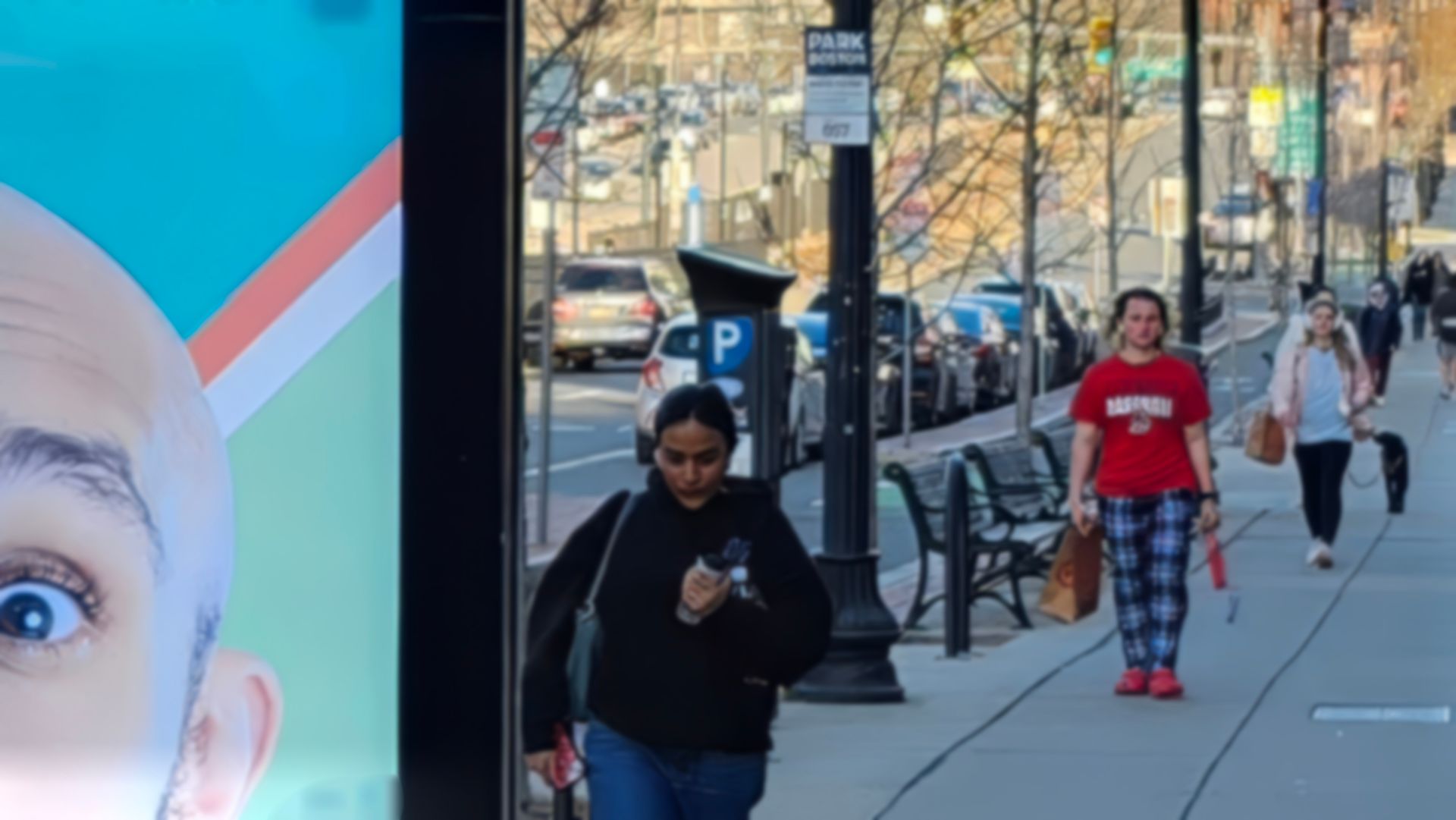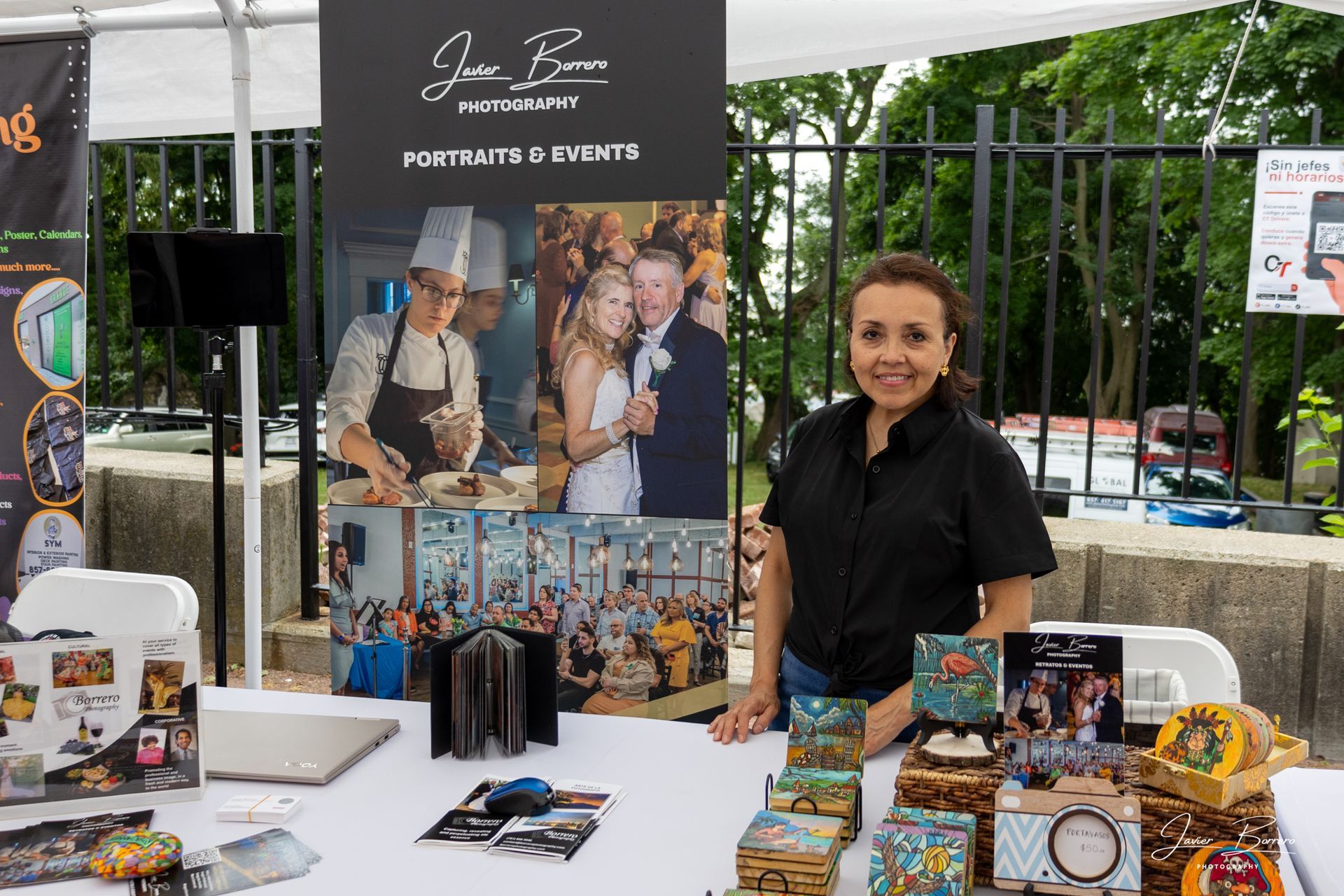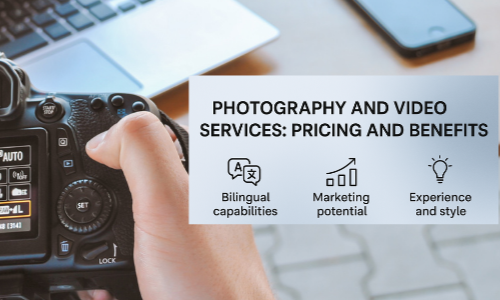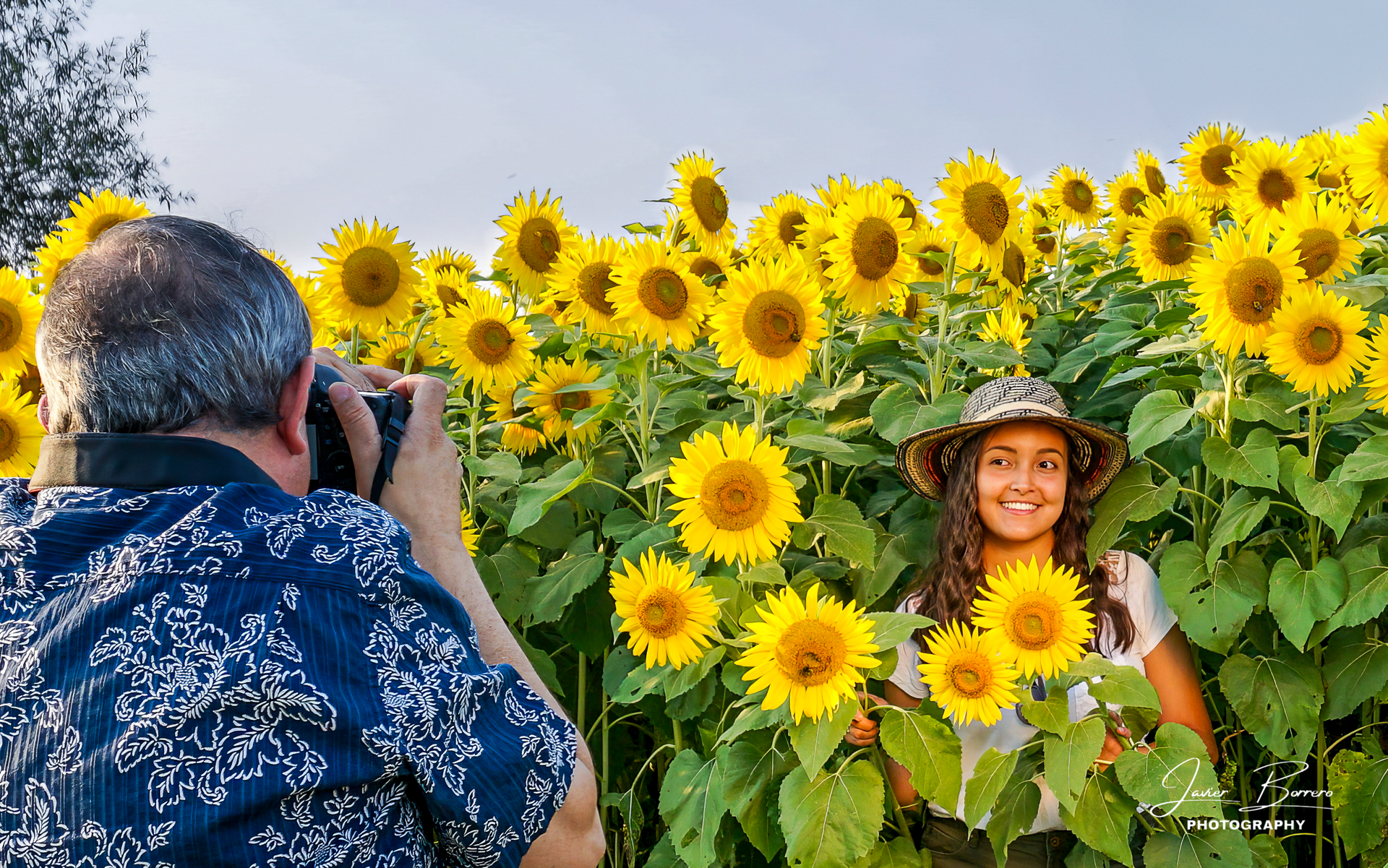Walking Through Boston: A Marketing Perspective from the Streets

Walking Through Boston: A Marketing Perspective from the Streets
There’s something special about walking through Boston in the spring. The streets are alive, the subway stations resemble public galleries of ideas, and without realizing it, you find yourself surrounded by a sea of visual messages that speak to you, stay with you, and become part of your mental landscape.
I’m not from the social media generation. I come from a different school of thought, one where walking, observing, and analyzing were essential parts of learning. That’s how I was taught during my strategic marketing classes at Universidad de La Salle in Bogotá. Back then, there were no influencers or viral campaigns. What mattered was strategy and consistent presence. And that’s exactly what I rediscovered on my recent walks through the city.
At various subway stations across Boston, I noticed a particular advertising campaign featuring a professional basketball player, identified as an ambassador for a local financial institution. The repetitive and consistent placement of this campaign in high-traffic areas stood out to me—not as a fan, but as someone trained to observe marketing in public spaces. The campaign seemed to follow classic principles: constant visibility, association with a public figure, and a clear message aimed at the general public.
To clarify, I do not know the athlete personally, nor do I have any commercial connection with the financial institution or the agency responsible for the campaign. I am not their client or employee. I’m simply a citizen who walks through the city and reflects on how messages are communicated in public spaces today.
From a strategic marketing perspective, these types of campaigns are worth analyzing. Beyond the face of the public figure, what matters is how a coherent visual narrative is built, how the message is repeated across the urban landscape, and how it becomes part of the daily scenery without being intrusive. That deliberate repetition seeks to implant an idea in the mind of the passerby, becoming part of the environment.
These observations take me back to a valuable lesson from my studies: the power of environment as a communication channel. A good message doesn’t always need volume—it needs placement and consistency. Today, I see this reflected in campaigns from banks, universities, local businesses, and national brands. The advertisers who manage to blend into the city’s flow organically are the ones who achieve positioning without saturation.
As a photographer, I also witness this transformation through the lens. Imagery as a storytelling tool has evolved. It’s no longer enough to show something; it must be communicated with intention. A corporate portrait, a personal branding campaign, or a photo series for social media all require planning. The key lies in the intention: what is being communicated, to whom, and how it is delivered effectively.
Whenever I walk through Back Bay, Downtown Crossing, or South Station, I notice how many brands have adopted this logic. They’re moving away from purely promotional messages and leaning into storytelling. It’s not just about discounts anymore. It’s about identity, proximity, and consistency.
That is marketing. It’s not just creativity or budget. It’s a discipline that combines analysis, human behavior, and strategic vision. I learned that during my education, and I see it confirmed every day in the city. What we see in public spaces isn’t random. It carries intent.
Today, I lead Borrero Photography & Marketing Solutions, a company that integrates image and strategy. Our approach goes beyond creating visually attractive content—we focus on understanding the environment and building purposeful messages. We believe that good advertising doesn’t shout; it connects. It doesn’t intrude; it accompanies. And above all, it turns an image into a message that brings value to the community.
Because in the end, that’s what matters: connection. Making a brand part of people’s lives. And that can only be achieved by walking, observing, and applying what has been learned. Just as I have done—from the classrooms of La Salle to the streets of this city that continues to inspire me every day.
Conclusions
- Urban advertising remains a powerful tool when implemented with strategic placement and repetition.
- Marketing in public spaces influences brand perception, especially when campaigns are consistent and non-intrusive.
- Storytelling and identity have replaced traditional promotions as the core of effective messaging.
- Environmental integration enhances visibility—brands that become part of the city’s visual flow gain stronger recognition.
- Observation and fieldwork are still essential in understanding real-world consumer engagement, even in a digital era.
- Strategic photography supports marketing goals by translating visual intention into tangible brand communication.
- Public campaigns should be designed with awareness and responsibility, especially when using public figures and high-frequency placement.
Advice for Customers of Borrero Photography & Marketing Solutions
- Define your message clearly before launching a campaign. Know what you want to say, and who you want to reach.
- Use photography with purpose. Every image should tell a story and support your brand’s strategy.
- Prioritize consistency across platforms and locations. Repetition reinforces brand recognition.
- Think beyond social media. Explore physical environments like transit spaces, events, or community landmarks.
- Invest in brand identity, not just visibility. The goal is to connect, not just to be seen.
- Collaborate with professionals who understand marketing strategy and visual communication.
- Evaluate your audience’s daily experience. Good campaigns meet people where they are, naturally and effectively.
Let me know if you'd like these in visual format for a presentation or as part of a downloadable client brochure.














